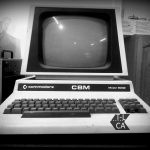 4th Generation (~1970/1975 to ~1990)
4th Generation (~1970/1975 to ~1990)
The 4th Generation was the first to use Integrated Circuits (chips) throughout the design, most noticably with the CPU. Intel’s 4004 Processor was launched in 1971 and the computing world never looked back. As CPU IC’s were expensive, many computers kept the cheaper discrete components, such as the pdp/8’s.
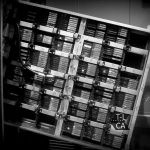 3rd Generation (~1965 to ~1970/1975)
3rd Generation (~1965 to ~1970/1975)
The 3rd Generation begun to use Integrated Circuits. Typically a handful at first for miniturisation of steering logic, but by the end, most areas had IC’s controlling the logic. The “CPU” was still a large collection of discrete electronic components. Each IC could only do the most basic Logical functions.
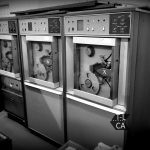 2nd Generation (~1958 to ~1965)
2nd Generation (~1958 to ~1965)
The 2nd Generation is generally defined as using Transistors as opposed to Vacuum Tubes (Thermionic Valves). Like with all designs, there were crossover points where computers such as the LGP-30 make use of both.
 1st Generation (12 May 1941 to ~1958)
1st Generation (12 May 1941 to ~1958)
The rather specific date of the 12th May 1941 was when the Zuse Z3 was first presented, the worlds first electronic computer. However Manchester’s Baby is the worlds first Stored-Program computer.
While everyone knows computers are all Digital, that is in fact not the case. Some comptuers were designed to be purely Analogue, and as such are able to calculate complex parabolic equations with little effort. Many gun range computers were Analogue, such as used many tanks. They were also popular for research where an integration equation could be hard-wired into an analogue computer in hours with instant results, when a digital computer would take days to be programmed and run.
Terminals are computer interface systems. They allow text from a computer to be displayed, and text-data to be sent back via a keyboard. Think of them as a remote keyboard.
Logic Trainers are used to demonstrate basic logic and to test circuit design theories. They range from basic educational training boards right up to advanced high end industrial laboratory development units.
Comptuers aren’t just a beige coloured box, they also require a lot of extra peripheral items. At the Time-Line Computer Archive we have many peripheral items for use on all manner of computers. In addition to this, the computers must be maintained and serviced. This also requires special equipment to be used.
While we see flying drones, robots that build cars, self-driving cars, robots that drive the self-driving cars, and robots that can even walk for themselves, it is nice to know where it all started.
Calculators are not technically computers because they do not use the calculations to adjust a program. Howerver, at the heart of all Computers and Calculators, there is the same principle of an ALU.
Audio Visual: Anything that is not directly a computer, but uses Audio and Visuals as its major function.
Miscellaneous Items: Anything that is neither a Computer, Computer-associated, nor Calculator. These items include Creed radiocommunications, an International Time Recorder, various Wigton-related artifacts and other random artifacts.
Computers before 12th May 1941
Prior to the 12th May 1941, several attempts had been made at producing mechanical and electromechanical computers. These are noticably the Zuse Z1, Zuse Z2, and most famously the Differential Engine by Charles Babbage. Sadly our collection does not contain any of these examples (Open for donations).

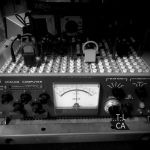 Analogue Computers
Analogue Computers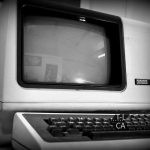 Terminals
Terminals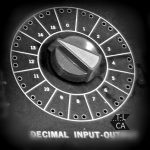 Logic Trainers
Logic Trainers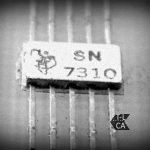 Miscellaneous Computer Items
Miscellaneous Computer Items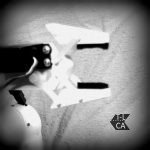 Robots
Robots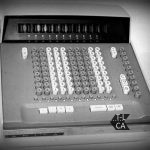 Calculators
Calculators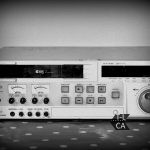 Audio Visual Items
Audio Visual Items Miscellaneous Items
Miscellaneous Items